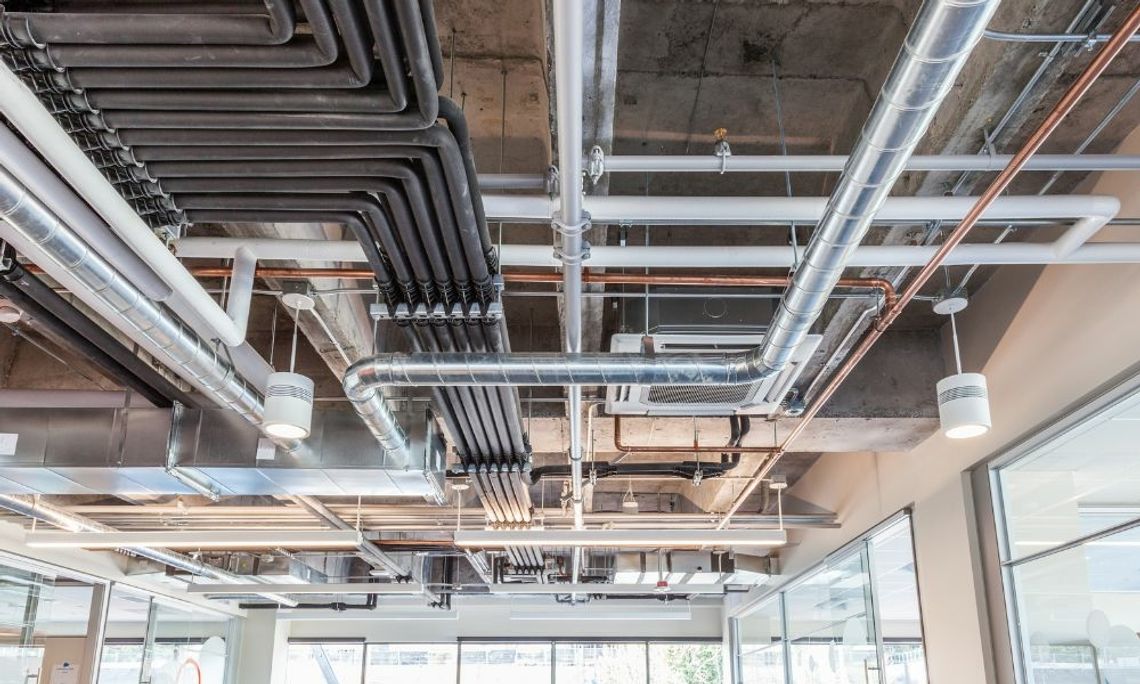In industrial settings, engineers often discuss the importance of conveying material in pipe systems that facilitates daily operation. Engineers try to design a system that can withstand movement and drastic temperatures to ensure that a pipe’s contents move efficiently through a structure. Here are three tips for creating an efficient piping system.
Determine Your Materials
The materials and devices you use throughout your pipe system can significantly impact its functionality and service life. While it can be tempting to build upon an already established structure, avoid using dated piping in your upgraded system.
With older designs, there’s a chance you’ll encounter underlying flaws that affect the new system’s build. Furthermore, take time to evaluate materials like aluminum, steel, and PVC to determine which components are best for your system’s build.
While aluminum piping has smooth interiors and experiences less pressure loss during operation, steel is a durable material that can last longer. Other materials like PVC and copper are common solutions to incorporate into a system but pose challenges, such as cracking or complex installation requirements.
Insulate Pipes
You can expect to see some gaps and spaces during piping installation. These breaks between sections can negatively impact a system’s efficiency by allowing fluid or gas to escape. Leakage can pose a threat to surrounding equipment and workers operating the system, so it would be wise to insulate the piping.
You can insulate your piping system by installing pre-insulated supports. These devices include liners that can separate supports from a pipe’s interior and support a consistent flow of fluid through the system.
Control Pipe Movement
One of the main sources of pipe misalignment is damage experienced during thermal expansion and contraction. For this reason, it helps to install pipe guides and supports that can help distribute pressure to other sections within the system to avoid bursting.
During thermal expansion and contraction, pipe length can shift, making it harder for material to travel. This reaction can result in bursting, calling for extensive repair at a high cost.
When discussing the travel of different materials and media through a pipe system, considering the system’s design is crucial. You can utilize these three tips to create an efficient piping system that supports long-term usage in the industrial setting.


Comment
Comments